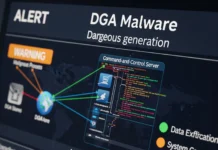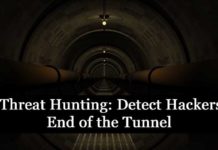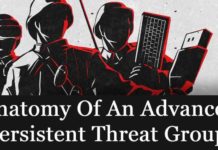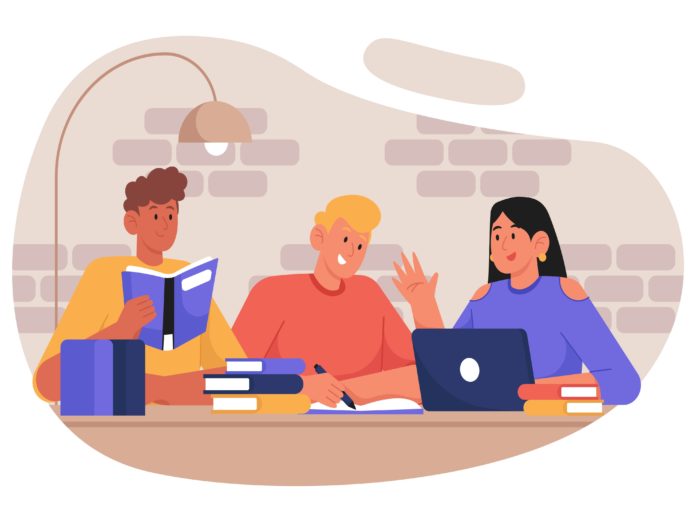Encouraging students’ learning and participation is a top priority in the education sector. To enable this, skilled educators use various tactics. The crux of it is to convert classrooms into vibrant environments. This helps to spark scholars’ curiosity and allows them to take an active role in their studies. Here, we will examine some methods teachers use to improve learning.
Why Strategies Should Be a Priority
Various factors influence academic achievement in the classroom. Every student has different abilities and levels of community support. Hiring a ghostwriter for assignments could work for a scholar with several commitments. Seeking ghostwriting services helps to focus on other parts of learning. A few of the benefits include multitasking, high-quality, and prompt deliveries. Moreover, different factors affect how well pupils learn.
However, a teacher’s caliber impacts what the pupils learn. Learning occurs when scholars engage the materials in relevant circumstances. Teachers or other aids can develop meaningful learning experiences. Beyond teaching, teachers tend to foster relationships with pupils. Everyone in the classroom succeeds more when strong relationships are in place.
Strategies To Enhance Effective Student Understanding
As a guardian, your priority should be the student’s growth. To ensure this is achieved, there are things to do. The following are strategies to be employed.
1. Set Realistic Goals and Follow Up
Establishing goals helps to stimulate control of the wards’ learning skills, a practice often emphasized in teaching jobs. It could provide a path to achieving goals. Goals are a fantastic tool for scholars and teachers to identify areas for improvement. Also, it helps to figure out how to reach the intended goal, such as using ghostwriter agencies to solve some tasks. Using these services helps to save time and focus on other crucial things. To achieve results, students can utilize different goals to support their learning.
SMART goals and hybrid analysis are standard tools that tutors use to make pupils progress in the course of study. These methods aid educators in setting realistic goals tailored to effectively complete tasks. They might give educators a framework for setting objectives that promote personal growth.
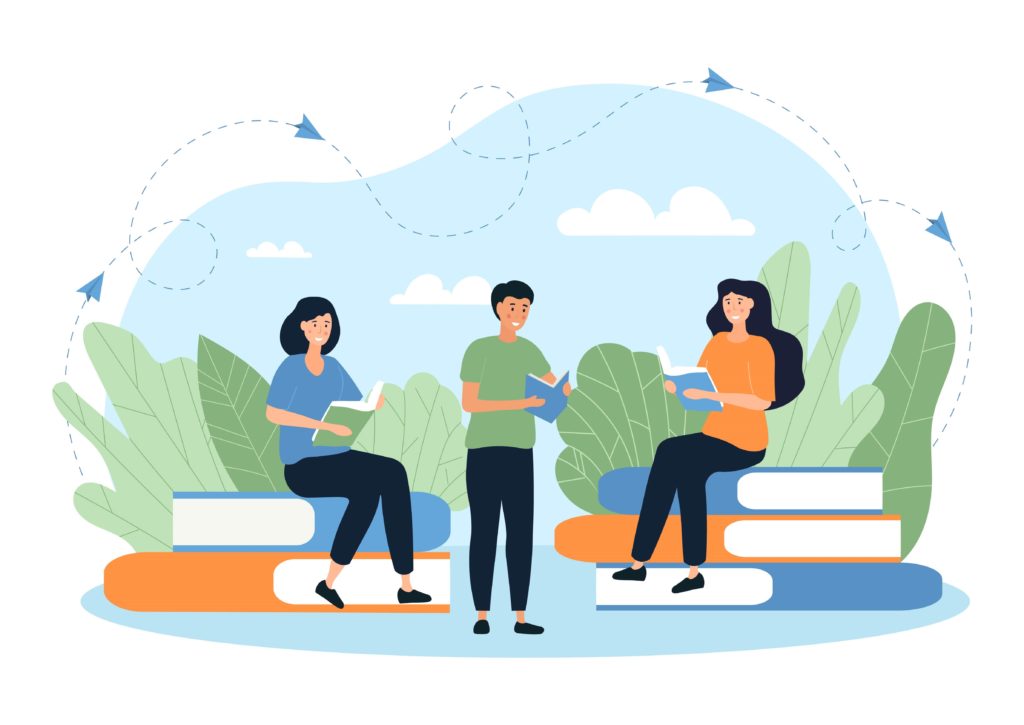
2. Introduce Active Learning Schemes
Introducing this scheme aids the education of wards at greater in-depth levels. To make sure points are being understood, learners are expected to do things beyond listening. Whether doing homework or taking an exam, scholars who actively listen are likely to understand. Furthermore, the learners tend to remember the resource later on. Experienced teachers, such as those at NT catholic schools, embrace schemes that promote actions beyond listening. These tutors encourage active learning in the classroom in many ways, such as:
| Strategy | Description |
| Repetition of Information | Teachers make sure pupils are paying attention through a summary of key points. This method is far more effective than memorizing. They use repetition to gauge how much the pupils have assimilated important information. It may include assignment patterns or important facts. |
| Proof of Assimilation | If scholars participate actively in the discussion or lesson, they will be able to listen better. Scholars become more engaged by making other affirmative gestures. This forces evaluation of their participation and comprehension. Additionally, these gestures are vital communication skills which will help scholars. It ensures effective interaction in the future. Similarly, teachers gauge pupils’ interest in the material by seeing if they nod or take other nonverbal cues. |
| Note-taking | Additional activities can support learners’ active participation in class and improve memory. Taking notes is a great method for timid pupils. It is unrestricted to teachers in charge of larger classes to help them dispense knowledge without speaking. Writing helps pupils pay attention in class. It guides them in what the teachers are teaching and how it connects to other subjects. To apply critical thinking, learners have to identify vital ones. |
3. Integrate Technology into Operations
Technology is a useful tool in the classroom when utilized properly. Online research resources and interactive simulations tend to increase student engagement. Making use of a ghostwriting service with about 64 million freelancing work-force in the US only is ideal for extra tasks that arise. They accommodate a variety of learning preferences, allowing them the chance to learn at their own speed. But crucial abilities like communication, teamwork, and critical thinking shouldn’t be replaced by technology. Prioritizing these abilities while utilizing technology’s capacity to increase comprehension makes integration effective.
To make technology integration more practical for everyday assessment, teachers can look for solutions that speed grading while preserving instructional oversight. For example, carefully chosen marking tools with AI can automate routine scoring, surface common error patterns, and produce reports that guide next-step teaching without supplanting teacher judgment. When vetting these tools, prioritize interoperability with your LMS, clear explanations of how scores are generated, and robust student-data protections. Running a short pilot on a single assignment helps gauge accuracy and workflow impact before broader rollout.
4. Help them Cultivate a Growth Mindset
A growth mindset strongly emphasizes the idea that aptitude and intelligence can be improved. It could be achieved alongside hard work and persistence. Praising pupils’ work and tactics might help teachers encourage a growth attitude. Also, fostering an environment where students welcome obstacles builds resilience. With this, how do students learn? It fosters a passion for learning which surpasses the fear of failing.
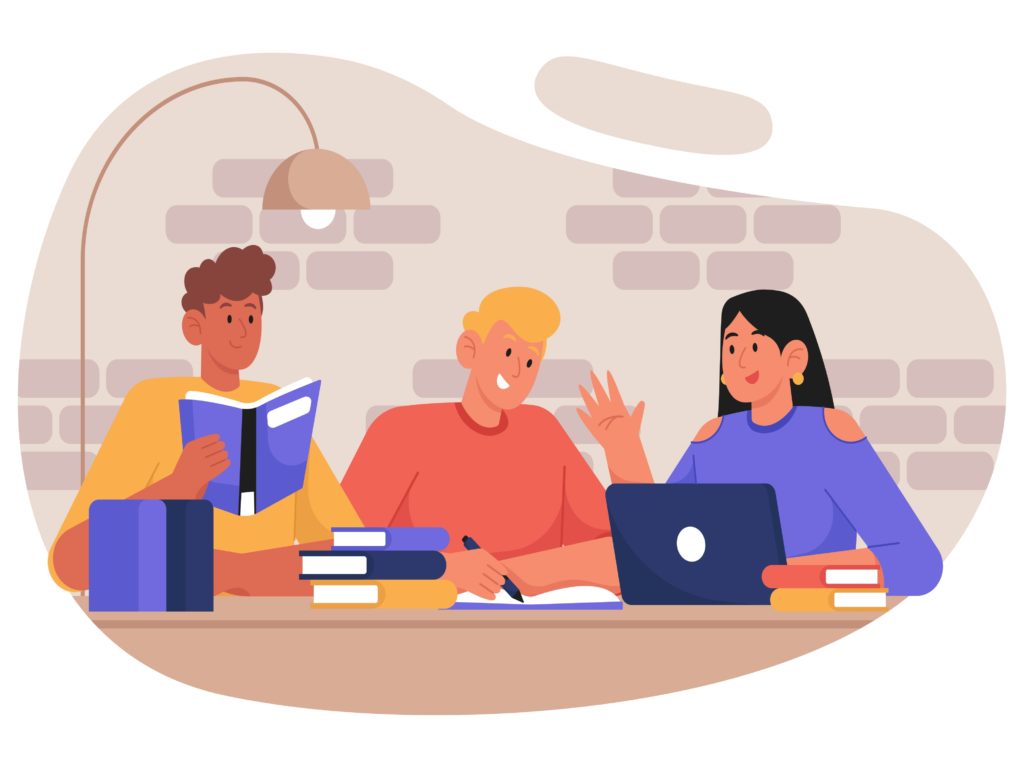
5. Create a Safe and Inclusive Learning Environment
A secure and welcoming classroom for all kids promotes psychological safety. It allows the pupils to take chances and actively take part in class. To foster an environment where all students feel appreciated, teachers have to set clear expectations and learning strategies. They also tend to encourage respect among one another so as to feel supported in their academic pursuits.
Conclusion
We have demonstrated that pupils don’t always have a preferred learning style. Coming up with educational materials that the entire class can use might be difficult. Using a variety of active learning tactics or a ghostwriter service may aid in improving each student’s learning results. It may also inspire pupils to show greater comprehension. Thus, a combination of learning plans is the greatest instructional method for a teacher.





